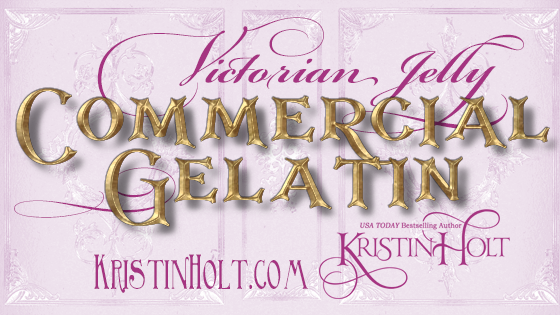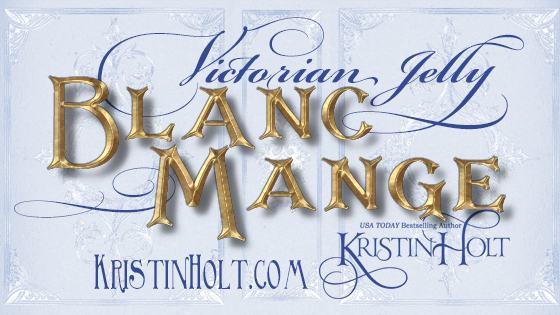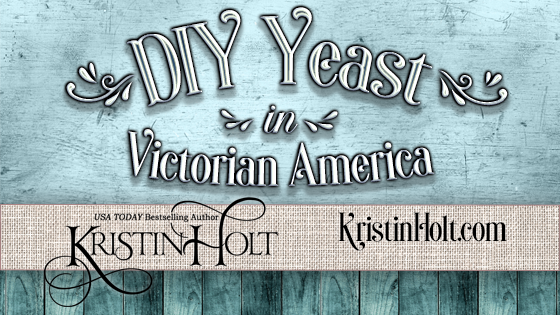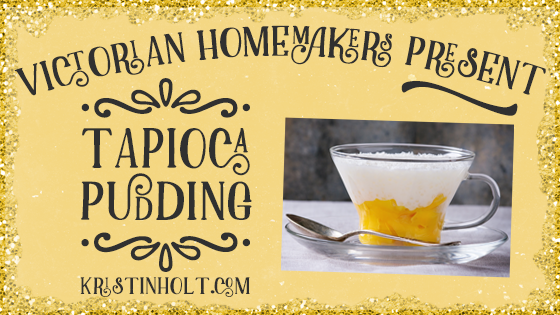
by Kristin Holt | May 28, 2022 | Articles
Credit goes to a Victorian-era inventor for out-of-a-box gelatin. What an amazing labor-saving invention! Until now, wives and daughters everywhere had been making gelatin out of pigs feet and a good deal of elbow grease.
How did nineteenth century scientists manage to capture the essence of gelatin and put it in a box? And how much did it cost?

by Kristin Holt | Apr 23, 2021 | Articles
Blanc Mange (blancmange) was a favorite throughout the nineteenth century, in the UK and in the States. Victorians thickened this favorite gelled dessert with a wide variety of articles, old and new. Vintage recipes gathered from era cook books and newspapers, along with newspaper advertisements, show the wide range of blanc manges in Victorian dining.

by Kristin Holt | Apr 9, 2021 | Articles
Victorian-era jellies were thickened with a variety of articles–including ivory dust.
Yes, the dust created from carving and shaping ivory into things like knife handles.
Victorian-era U.S. publications tell the story.

by Kristin Holt | Feb 18, 2021 | Articles
Nineteenth century breads often called for “a teacup of yeast,” a huge amount compared to today’s recipes. Victorian-era housekeepers (e.g. wives) made their yeast. And continued to whip up fresh batches of yeast (with a touch of the last batch as a starter) well after commercially prepared yeast waited on grocer’s shelves.

by Kristin Holt | Jan 23, 2019 | Articles
Victorian Americans favored many different kinds of puddings for desserts, during all seasons of the year. One type was tapioca–which hasn’t changed much in the intervening hundred-plus years. See many similar recipes in vintage era cook books and newspapers; plain, apple, peach, (and early in the 20th century, caramel).













